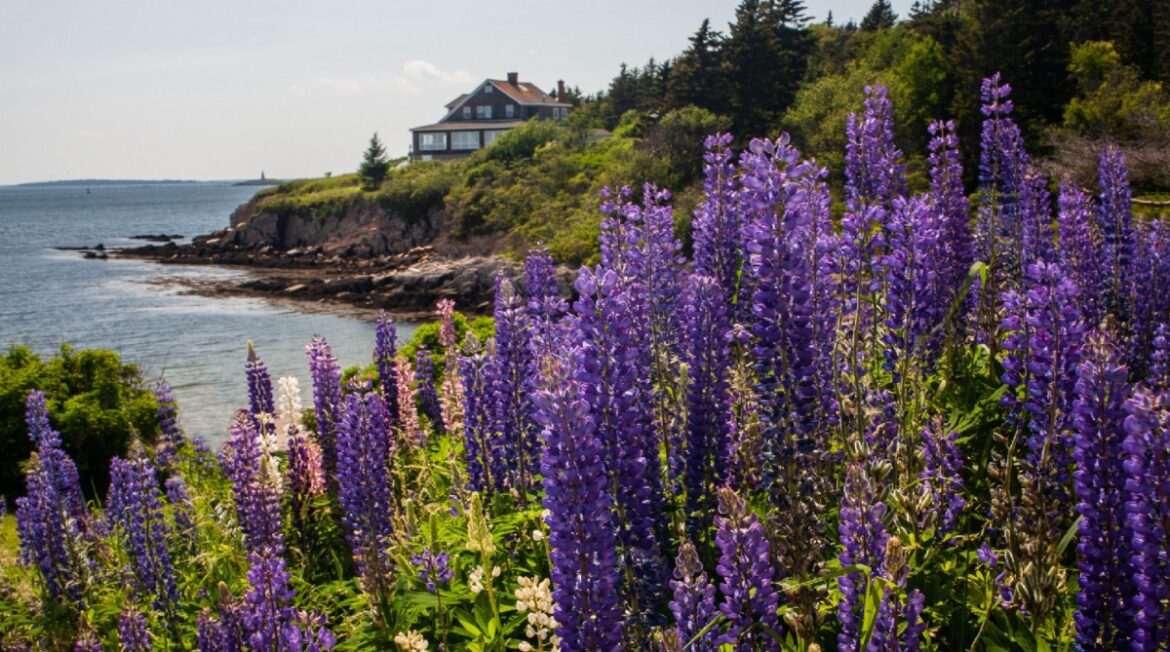Buying a home brings all sorts of joy as you settle in, start your next chapter, and begin shaping the interior and grounds to make it your own. But as time moves on, curious things may sprout in your lawn. With a little investigating, you discover to your horror you have something invasive on your hands, choking out the forsythia and lilac you thought would bloom.
Across America, invasive plants pose a significant environmental issue, outcompeting native species, disrupting ecosystems, and affecting agriculture and biodiversity. As Bob Villa will tell you, many invasive species are problematic across the country. National parks deal with invasive species control regularly, and scientists consider invasive species one of the biggest threats to the health of natural habitats. Almost every park and region in the country is battling plants encroaching upon important habitats.
“While not all non-native plants are bad, some imported species are bullies that crowd out native plants and damage the diverse ecosystems that many living things depend on,” said James Gagliardi, a horticulturist with Smithsonian Gardens.
My own garden was plagued by Japanese knotweed, a particular scourge. Known for cracking through concrete and ruining foundations, this is one not to ignore. According to the National Park Service, this plant is currently ravaging Acadia National Park in Maine. It is one of the most invasive plants in the world, as it is thought to be found on every continent except Antarctica. It can grow almost 10 feet in a season and spread its complex and far-reaching root structure quickly. Try finding a landscaper who will help you get rid of it… not only does that entail serious chemicals, but most services require a three-year contract, as that is how long full removal will take, at a minimum. This plant is persistent.
But not all invasives are quite as bad. Ask any Mainer of this conundrum. Not native to the state, but now growing beautifully and prolifically across it, lupines are a signifier of summer. Lore has it they were spread intentionally by a mysterious Lupine Lady, and yet they are not something one should be encouraged to grow. Luckily this invasive plant won’t really thrive in your garden and prefers to be ignored along roadsides where they do nothing but improve the view, so it is generally not the worst invasive out there.
If you spot an invasive species in your lawn, it’s crucial to take immediate action to prevent it from spreading. First, be sure to correctly identify the plant. Use Google Lens and check with local Facebook gardening pages to cross reference, as what you have might be elsewhere around town. There are many online resources, along with field guides, or you can connect with your local agricultural extension offices to verify the plant’s identity. Maybe you have something fairly innocuous, but if you have bamboo, kudzu – known as “the vine that ate the South” – Japanese knotweed, Chinese tallow tree, or other fast-growing damaging plants, act quickly and control its spread.
If the infestation is small, wear gloves and use appropriate tools to uproot the plant, making sure to remove the entire root system. Always place the removed plant material in a bag for proper disposal to avoid spreading seeds. Be careful and pay close attention to the seeds and shoots. These plants often spread very easily, so don’t create more work for yourself. If the invasive species is particularly aggressive or difficult to manage manually, consult your local waste management guidelines for proper disposal methods. Some invasive plants may need to be incinerated or disposed of at specific facilities to prevent further spread. Finally, get ready to pull out the big guns. Even the most organic souls will need herbicides to take out destructive plants like Japanese knotweed.
Many an invasive species will fight to come back, so monitor regularly and keep an eye on the area where you removed the invasive plant. Check for any signs of regrowth or new infestations regularly.
It’s essential to stay vigilant and take proactive steps to prevent invasive species from taking over your lawn and local ecosystem. Early detection and immediate action are key to effective control and eradication, and helpful to your entire community to stop the spread.


